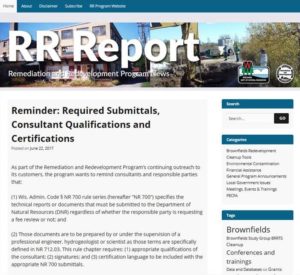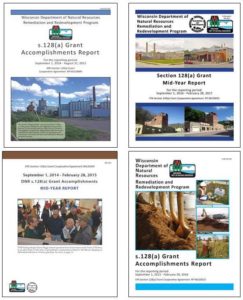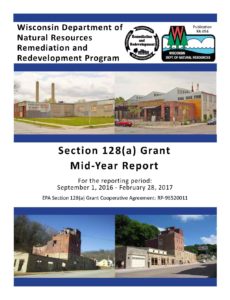As the Remediation and Redevelopment Program strives to make site file records available electronically through its online resource, BRRTS on the Web (BOTW), we’ve updated our guidance for consultants to submit those records in the most timely and effective ways possible.
The Guidance for Submitting Documents to the Remediation and Redevelopment Program (RR-690) includes a number of updates. Consultants are encouraged to review the updated guidance. By following the recommendations in the guidance, consultants will help RR staff identify and review submittals in a timely manner.
If you have questions on how to submit documents to the RR Program, please contact a regional RR Program Environmental Program Associate (EPA).
The RR Program also reminds consultants that when saving or editing Program forms to use Adobe Acrobat software. This is especially important if the form will need to be edited before submitting to the DNR. You can download Adobe Acrobat Reader for free at https://get.adobe.com/reader/.




